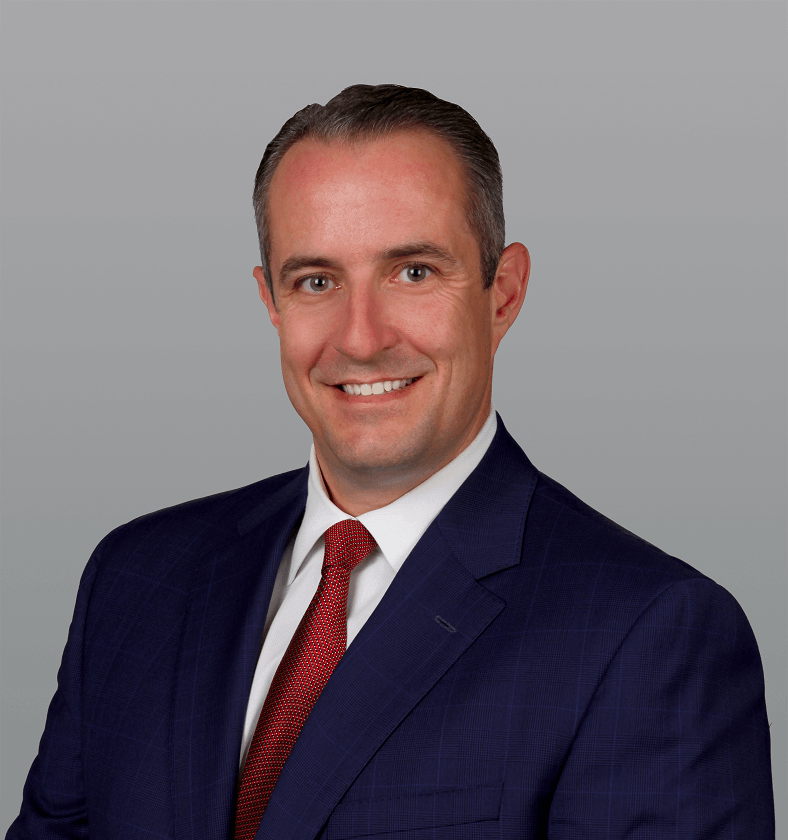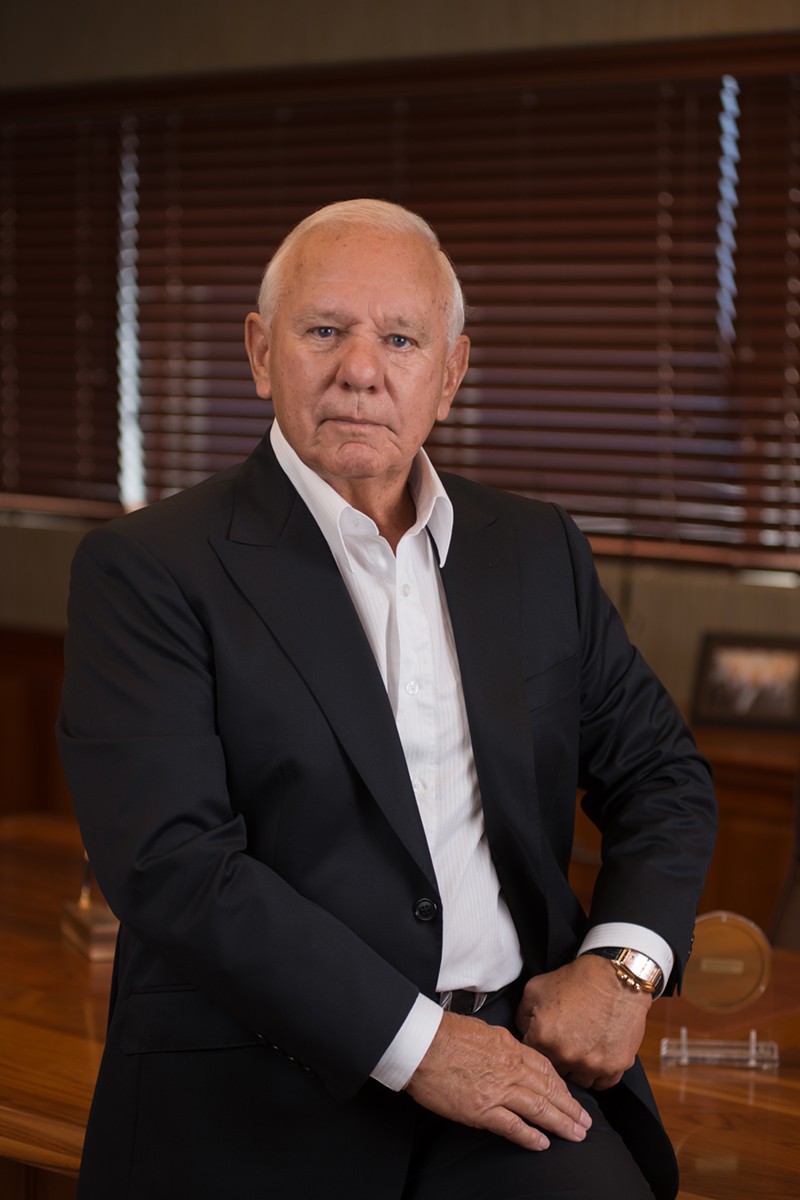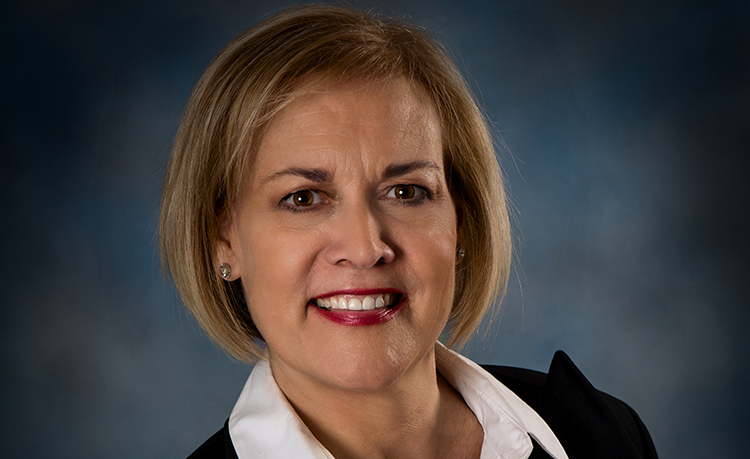At your favorite charity, what are the goals? Is your charity achieving its goals? What impact are you having on your community?
Are you funding a food bank, giving away clothing to the poor or providing housing for the homeless? Maybe your charity is offering free breakfasts, transportation to grocery stores or medical care for inner city youths. If so, how are these organizations doing? How do they measure success?
Most passionate, caring and loving people want to help the disenfranchised. So they give money and time to charitable organizations that are equally passionate about their mission. And, more often than not, they do a great deal of the things we listed above.
The charities give away hundreds of thousands, even millions, of dollars worth of “free stuff” with sincere intent to help the poor. Executives report to your board about the quantity and quality of what the organization does to support the community. Efforts and activities are counted and proudly reported. As a result, more people and more organizations give money to these charities. And the fortunate feel good about giving back to the society.
However, the next step should be to ask: What is the impact of those efforts? In business, managers very early in their careers were taught to never confuse effort with results. Yet all too often, in the board rooms of the nonprofit charities, it’s mostly about the “effort.” More often than not, in charity work, the assumption is, “If we do good; we will have an impact. If we give food, the result will be less hunger. If we give medical care, the result will be less illness. If we give housing, there will be fewer people on the street.”
All too often, all we really do is give away free stuff – and we encourage people to wait for more free stuff. We actually create dependency on the free stuff instead of building independence and the ability to get what they need on their own. The real goal should be an outcome that causes recipients of our help to walk away from poverty because they have been changed by what we do. We should be giving a hand up, not a handout.
In short, we all too often measure the activity of giving, instead of the outcome of recipients achieving personal success and improvement because of the help. We should measure by how we are able to change their condition by changing them.
Instead of getting a report at your next charitable meeting on what the staff and volunteers did, ask for a report on how the targeted recipients were changed by what was done. And look for real measurements of success, not just anecdotes.
Gerry Czarnecki is founder and chairman of the nonprofit National Leadership Institute (nationalleadershipinstitute.org), which helps boards of nonprofit organizations become strategic assets to the leadership team. His extensive background as a C-suite executive and CEO is coupled with current board leadership of corporate and nonprofit organizations. He is also chairman and CEO of the Deltennium Group. Contact him at 561.293.3726 or gmc@deltennium.com.
















